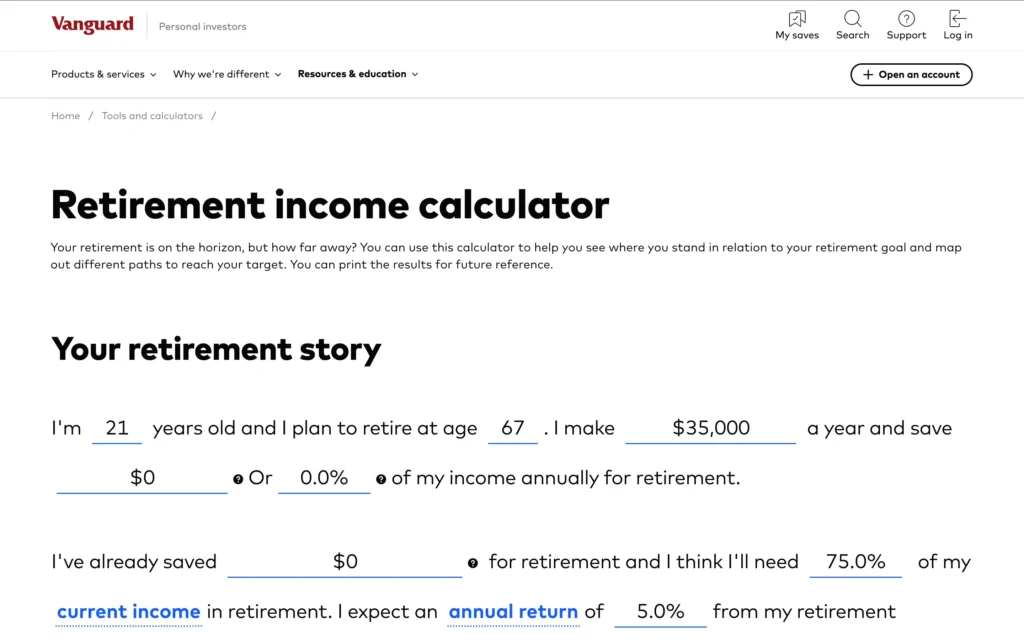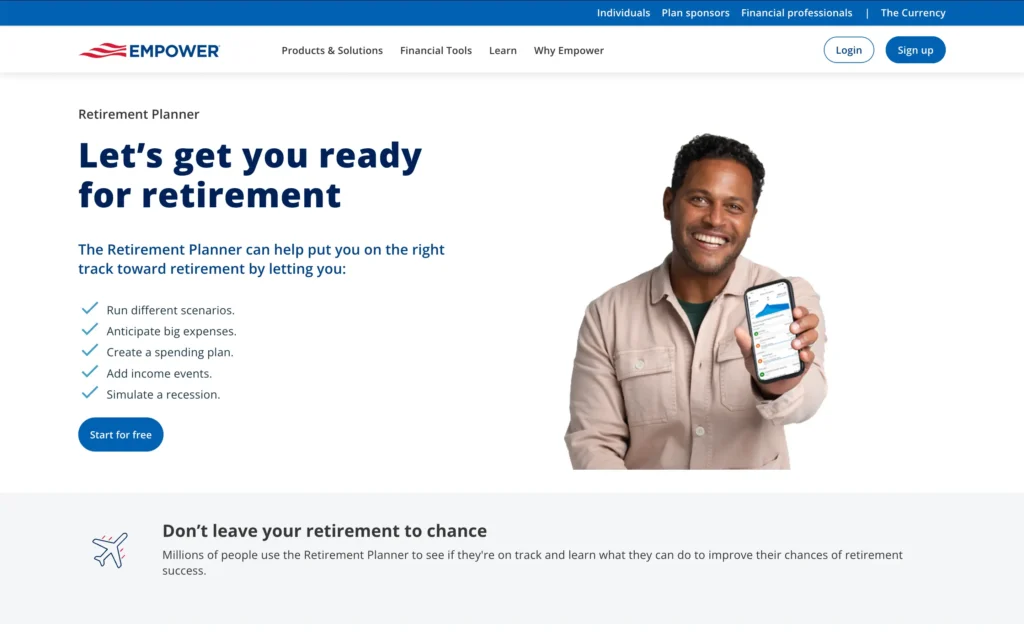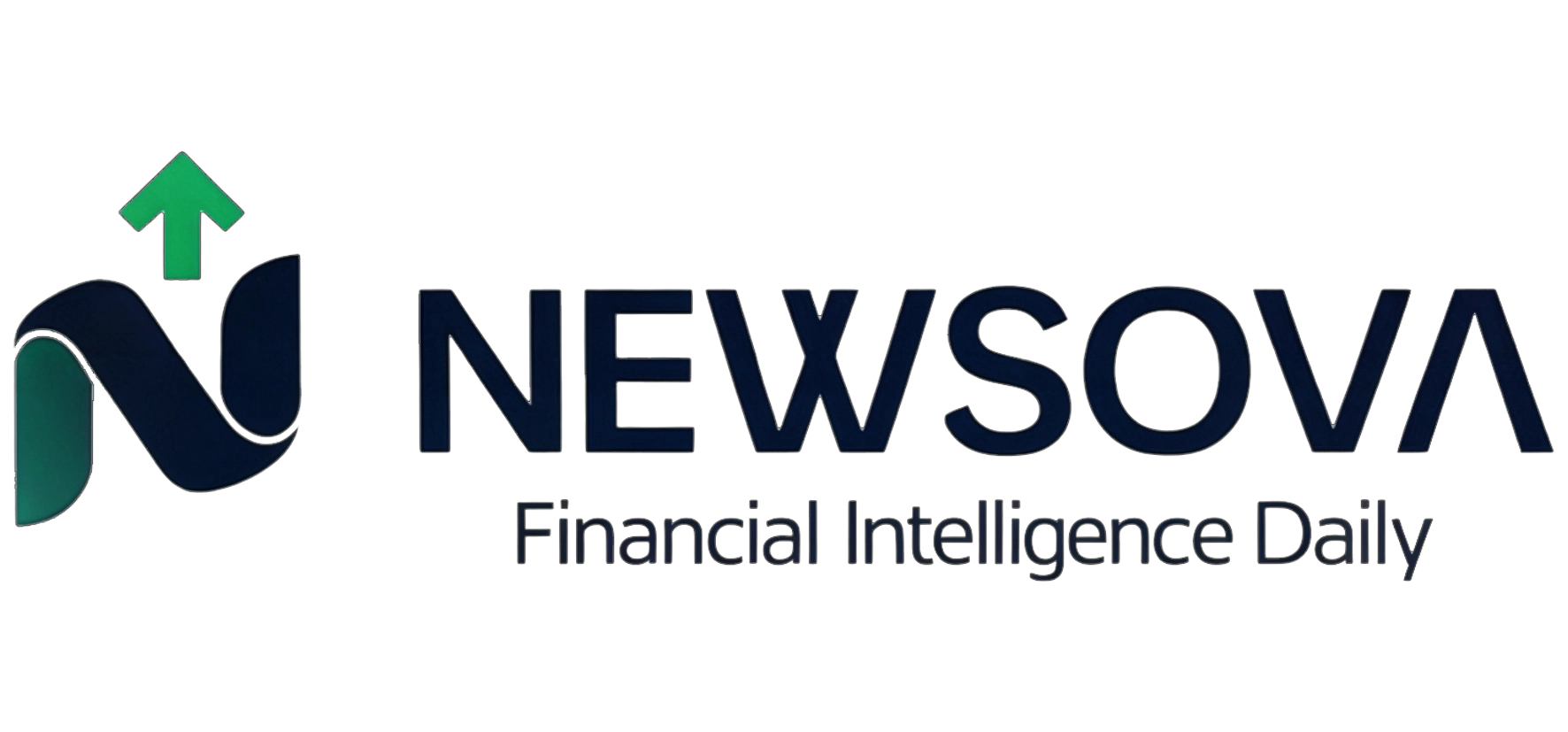Are you ready to take control of your financial future? Understanding your retirement plan 401k is the first step toward building a secure retirement. This comprehensive guide breaks down everything beginners need to know about 401k plans in simple, easy-to-understand terms.
Table of Contents
What Is a Retirement Plan 401k?
A retirement plan 401k is an employer-sponsored retirement savings account that offers tax advantages to help you save for your future. Named after section 401(k) of the Internal Revenue Code, these plans allow you to contribute pre-tax dollars from your paycheck directly into an investment account.
The beauty of a retirement plan 401k is its simplicity. Your contributions are automatically deducted from your paycheck before taxes, reducing your current taxable income while building your nest egg.
Key Benefits of a Retirement Plan 401k
Tax Advantages
One of the biggest perks of this retirement plan is the tax benefits it offers:
- Pre-tax contributions – Money goes in before taxes, lowering your current taxable income
- Tax-deferred growth – Your investments grow without being taxed until withdrawal
- Potential tax credits – Some savers may qualify for the Retirement Savings Contributions Credit
These tax advantages can significantly boost your long-term savings compared to regular investment accounts.
Employer Matching
Many employers offer matching contributions to your retirement plan – essentially free money for your future! Here’s how it typically works:
- Your employer might match 50% or 100% of your contributions up to a certain percentage of your salary
- For example, a 100% match on the first 4% means if you contribute 4% of your salary, your employer adds another 4%
- Not taking advantage of your full match is literally leaving money on the table
Pro tip: Always contribute at least enough to get your full employer match – it’s an immediate 100% return on your investment!
Getting Started With Your Retirement Plan 401k
Step 1: Enrollment
Enrolling in your company’s retirement plan 401k is usually straightforward:
- Check with your HR department about eligibility (some companies have waiting periods)
- Complete enrollment forms (often available online)
- Select your contribution amount (as a percentage of your salary)
Many companies now offer automatic enrollment, but don’t just accept the default settings – they’re often set too low for optimal retirement savings.
Step 2: Choose Your Contribution Amount
How much should you contribute to your retirement plan 401k? Here’s a simple framework:
- Start by contributing enough to get your full employer match
- Aim to gradually increase to 10-15% of your income
- If possible, work toward the annual contribution limit ($23,000 in 2025 for those under 50)
Remember, even small increases can make a huge difference over time. If you can’t start with much, increase your contribution percentage whenever you get a raise.
Investment Options Within Your Retirement Plan 401k
Your retirement plan 401k isn’t a single investment – it’s a container that holds various investments you choose. Common options include:
Target-Date Funds
- What they are: All-in-one funds that automatically adjust their risk level as you approach retirement
- Advantages: Simple, requires minimal knowledge, automatic rebalancing
- Disadvantages: Sometimes higher fees, limited customization
Index Funds
- What they are: Funds that track a specific market index like the S&P 500
- Advantages: Low fees, broad diversification, solid long-term performance
- Disadvantages: No protection from market downturns, no opportunity to outperform the market
Actively Managed Funds
- What they are: Funds with managers who actively pick investments
- Advantages: Potential to outperform the market, professional management
- Disadvantages: Higher fees, often underperform index funds over time
Individual Stocks
- What they are: Shares of individual companies
- Advantages: Potential for high returns, more control
- Disadvantages: Higher risk, requires more knowledge, less diversification
For beginners, target-date funds or a simple mix of broad index funds often make the most sense.
Common Retirement Plan 401k Mistakes to Avoid
1. Not Contributing Enough
The biggest mistake is simply not saving enough in your retirement plan 401k. Increase your contributions whenever possible, especially after pay raises.
2. Ignoring Fees
Even small differences in fees can dramatically impact your long-term results. Look for low-cost index funds when possible.
3. Cashing Out When Changing Jobs
It’s tempting to cash out your retirement plan 401k when switching employers, but this can trigger taxes and penalties while derailing your retirement progress.
4. Too Much Employer Stock
Investing heavily in your employer’s stock creates concentration risk – both your income and retirement depend on one company’s success.
5. Borrowing From Your 401k
Taking loans from your retirement plan 401k might seem convenient, but it removes money from the market and creates risk if you can’t repay it.
Advanced Retirement Plan 401k Strategies
Roth 401k Options
Many plans now offer a Roth 401k option alongside traditional 401k options:
- Traditional 401k: Contributions are pre-tax, withdrawals are taxed
- Roth 401k: Contributions are after-tax, qualified withdrawals are tax-free
Younger workers or those expecting to be in a higher tax bracket in retirement might benefit from Roth options.
Catch-Up Contributions
If you’re 50 or older, you can make additional “catch-up” contributions to your retirement plan 401k:
- Regular contribution limit: $23,000 (2025)
- Additional catch-up contribution: $7,500 (2025)
- Total possible contribution: $30,500
This helps those closer to retirement accelerate their savings when they need it most.
Helpful Retirement Plan 401k Tools
1. Retirement Calculators

- Tool Link: Vanguard Retirement Income Calculator
- Advantages: Personalized projections, easy to use, adjustable assumptions
- Disadvantages: Simplified models, results depend on assumptions you input
2. Personal Capital

- Tool Link: Personal Capital Retirement Planner
- Advantages: Comprehensive planning, integrates all financial accounts, detailed analysis
- Disadvantages: Complex interface, focuses on getting you to use their paid services
3. Fidelity NetBenefits

- Tool Link: Fidelity NetBenefits
- Advantages: Robust platform if your 401k is with Fidelity, excellent educational resources
- Disadvantages: Only useful for Fidelity accounts, some features can be overwhelming
4. BrightScope

- Tool Link: BrightScope 401k Rating
- Advantages: Rates company 401k plans, helps compare your plan to others
- Disadvantages: Limited personalization, focuses more on plan-level than individual guidance
Frequently Asked Questions About Retirement Plan 401k
What happens to my 401k if I change jobs?
You typically have four options:
⋆Leave it with your former employer (if allowed)
⋆Roll it into your new employer’s plan
⋆Roll it into an IRA
⋆Cash it out (not recommended due to taxes and penalties)
When can I withdraw from my retirement plan 401k?
⋆You can begin withdrawals without penalty at age 59½
⋆Required Minimum Distributions (RMDs) begin at age 73
⋆Early withdrawals typically face a 10% penalty plus taxes
⋆Some exceptions exist for hardships, first-time home purchases, and other specific situations
How much should I have in my retirement plan 401k?
While everyone’s situation differs, some general guidelines suggest:
⋆By age 30: 1x your annual salary
⋆By age 40: 3x your annual salary
⋆By age 50: 6x your annual salary
⋆By age 60: 8x your annual salary
Can I lose money in my retirement plan 401k?
Yes, since your 401k investments are typically in market-based securities, their value can fluctuate. However, historical market performance suggests that long-term investors typically benefit from growth despite short-term volatility.
Taking Action on Your Retirement Plan 401k
Now that you understand the basics of your retirement plan 401k, it’s time to take action:
- Check your current contribution rate and increase it if possible
- Review your investment selections for appropriate diversification
- Make sure you’re receiving your full employer match
- Set a calendar reminder to review your 401k quarterly
Remember, small improvements to your retirement plan 401k today can lead to dramatically better results decades from now. The most important step is simply getting started.
What changes will you make to your retirement plan 401k after reading this guide? Leave a comment below with your biggest takeaway or question about 401k investing!

